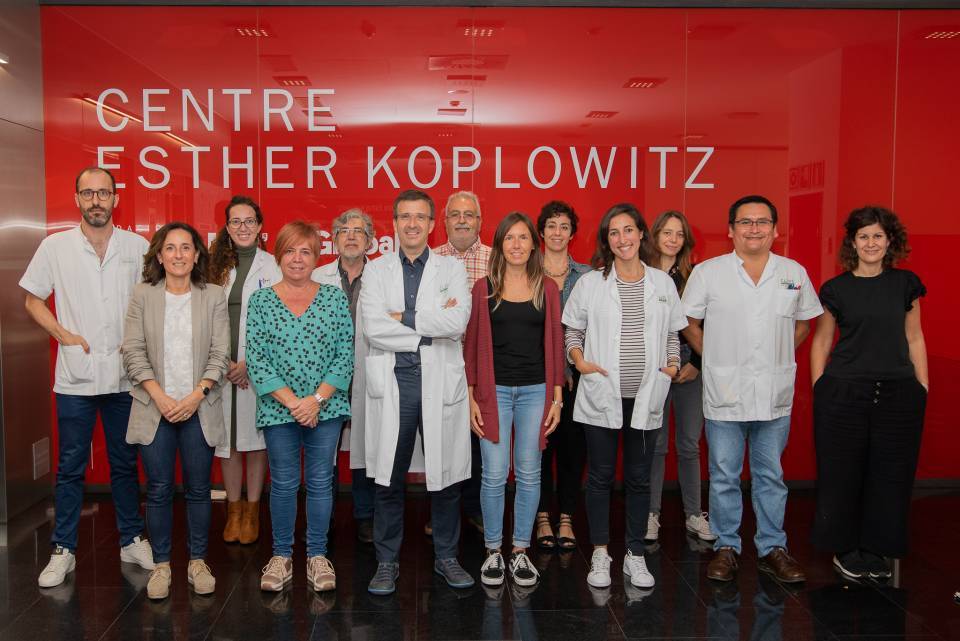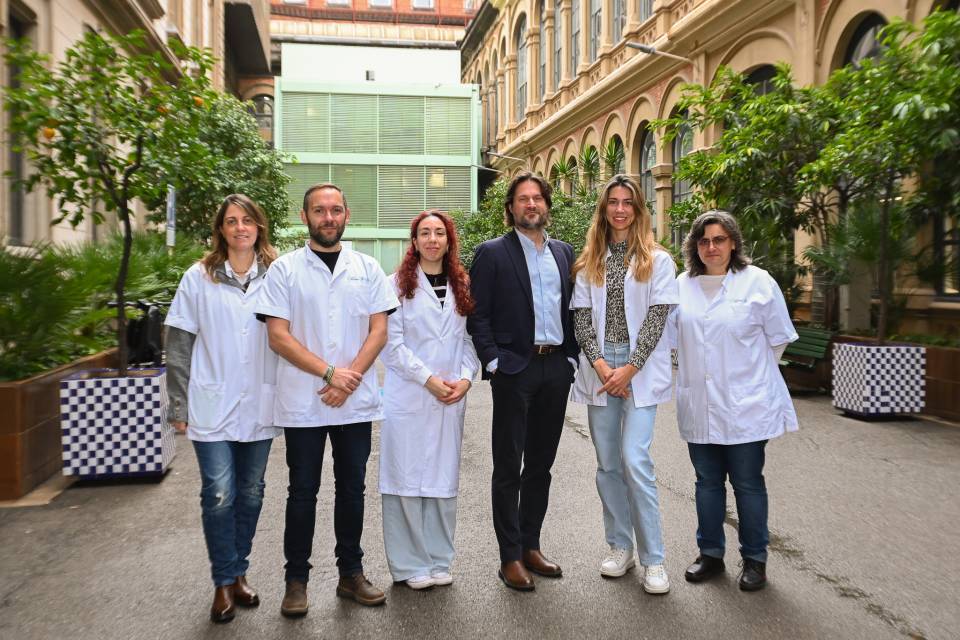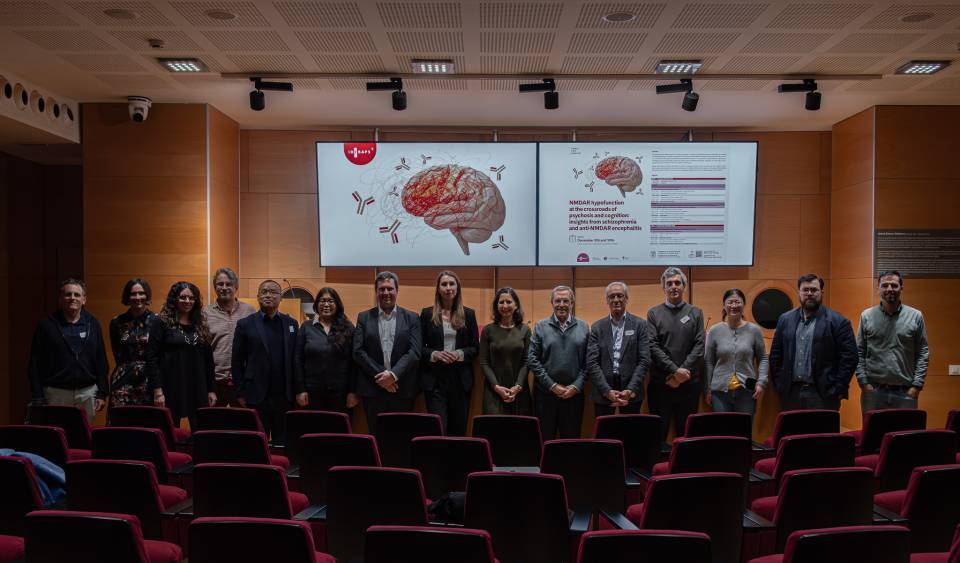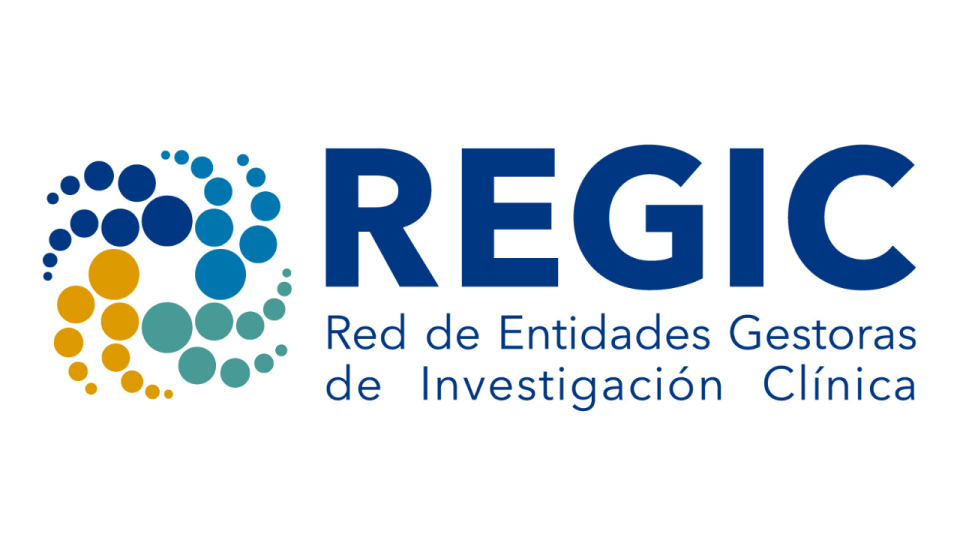Researchers from the IDIBPAPS Viral, toxic and metabolic hepatopathies group and from CIBEREHD, in collaboration with the Los Alamos National Laboratory for Theoretical Biology and Biophysics and Loyola University (USA), have discovered that the liver and, more specifically, hepatocytes, play a key role in the clearance of hepatitis C virus (HCV) present in the blood following a transplant. The study, published in the journal eLife, analyses the kinetics of infection, in other words the changes in the concentration of the virus, from the start of the operation until the restoring of the blood flow to the transplanted organ.
The detailed analysis of HCV RNA concentrations during the different phases confirms that during the absence of the liver, or anhepatic phase, the changes are minimal. In contrast, immediately following the implant, a reduction in the HCV RNA occurs, taking place in two phases. The first is very short and intense, lasting only 14 minutes, and it is related with the mass union of the virus with its entry receptors in the hepatocytes. The second phase of reduction would be explained by the progressive entry of HCV virions into the hepatocytes until stability is reached. In other words, when the new liver starts producing virions.
The authors also wanted to confirm whether these findings were reproduced in vitro. For this purpose, they studied the kinetics of virus clearance in a culture in the absence of liver cancer cells chronically infected with HCV, but treated with antiviral drugs to avoid the synthesis and secretion of new virions interfering in the measurements of the kinetics. According to the results, in infected hepatoma cell cultures, the average life of the virus was drastically reduced, in comparison with where there were no cells. For the researchers, this is evidence that the liver cells play an importance role in clearance of the pathogen.
Even though currently hepatitis C is a disease that can easily be cured with direct-action antivirals, this work may facilitate the study of hepatic infection by other viruses, that cause hepatitis or other liver disorders, in order to develop new treatments. “In fact, this model, in a more initial phase, was already used to design the therapeutic programme for patients receiving a liver transparent when the first oral antivirals appeared”, comments Xavier Forns, head of the IDIBAPS group and of the CIBEREHD. Forns signs the article together with team members Miquel Navasa, co-first author, Gonzalo Crespo and Sofía Pérez del Pulgar.

Kinetics of hepatitis C virus (HCV) RNA clearance in vitro. The clearance of HCV RNA from the culture medium was monitored through frequent sampling at the time points indicated. (A) HCV RNA decline in the absence of cells (B) HCV RNA decline in the presence of infected cells in which the de novo secretion of HCV is inhibited with naringenin (NG, a HCV secretion inhibitor) or with daclatasvir (HCV replication inhibitor). The half-life time (t½) of the HCV was calculated through linear regression (dotted lines).
Reference article
Louis Shekhtman, Miquel Navasa, Natasha Sansone, Gonzalo Crespo, Gitanjali Subramanya, Tje Lin Chung, E Fabian Cardozo-Ojeda, Sofía Pérez-del-Pulgar, Alan S Perelson, Scott J Cotler, Xavier Forns, Susan L Uprichard, Harel Dahari. Modeling hepatitis C virus kinetics during liver transplantation reveals the role of the liver in virus clearance. eLife 2021;10:e65297 DOI: 10.7554/eLife.65297




